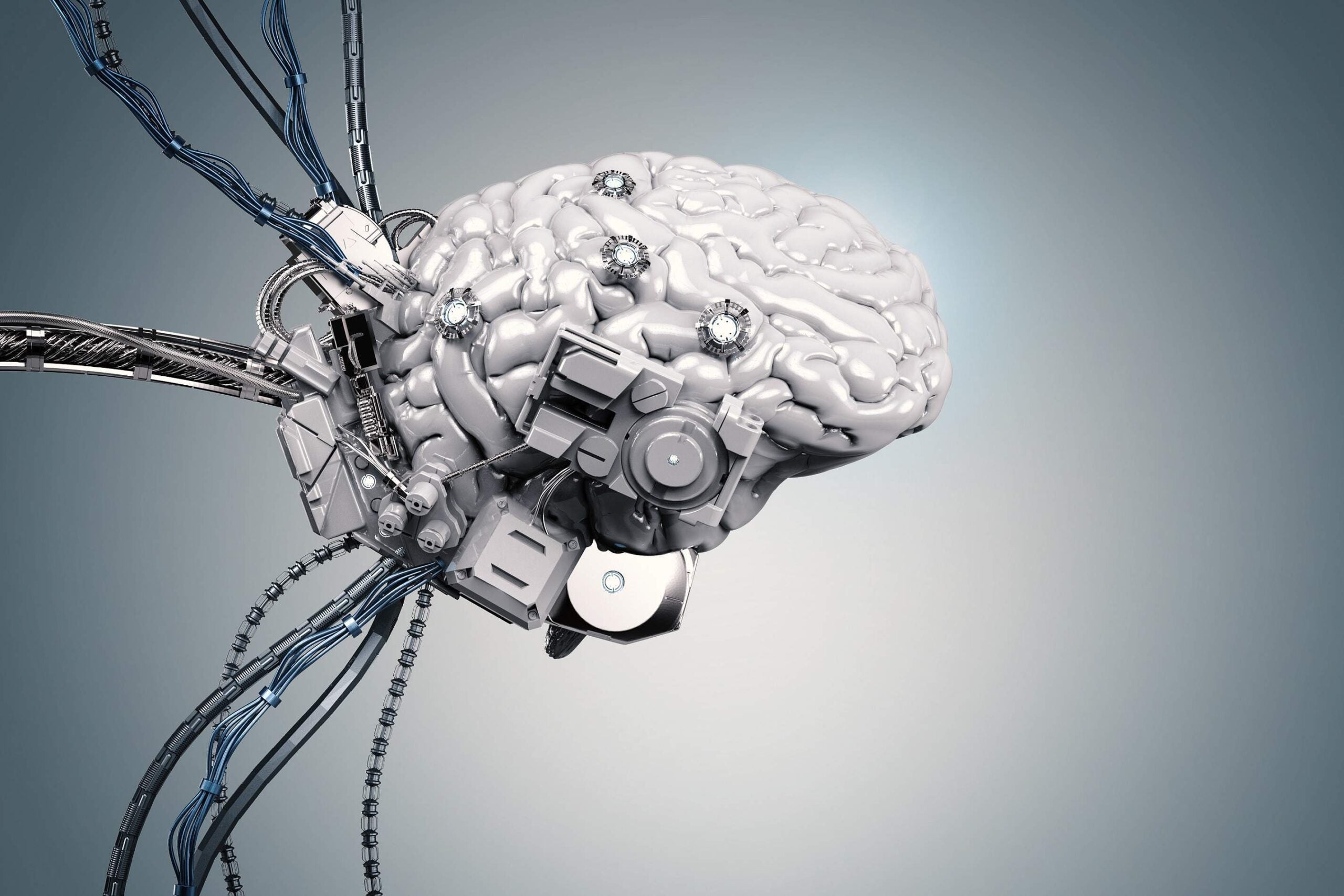
Despite running Tesla, taking over SolarCity, and finding time to invent the Hyperloop and a boring tunnel machine company, Elon Musk has decided to launch another new company.
Neuralink wants to merge human brains with artificial intelligence (AI). It’s founded on the idea of “neural lace”, an implant that would be attached to your brain and allow you to interact with devices. It will be like having a digital layer built into your brain, taking it to the next, robotic, level.

Access deeper industry intelligence
Experience unmatched clarity with a single platform that combines unique data, AI, and human expertise.
Speaking at a public engagement in Dubai earlier this year, Musk said:
“Over time I think we will probably see a closer merger of biological intelligence and digital intelligence. It’s mostly about the bandwidth, the speed of the connection between your brain and the digital version of yourself, particularly output.”
As well, the Tesla founder has talked in the past about the need for humans to merge with machines in order for us to stay relevant and Neuralink is his way of doing that it seems. According to the Wall Street Journal, Musk will be working alongside Max Hodak, the co-founder of Transcriptic, a robotic cloud lab for life sciences.
Prior to his work at Transcriptic, Hodak was a research assistant at Duke University Medical Center. During his time there he built brain-machine interfaces for monkeys. This research will be necessary for the duo’s plans to bring this technology to humans.

US Tariffs are shifting - will you react or anticipate?
Don’t let policy changes catch you off guard. Stay proactive with real-time data and expert analysis.
By GlobalDataBioelectronics, implantable devices that can be used to treat illnesses, is a growing part of medical research. Last year GlaxoSmithKline (GSK) joined forces with Verily Life Sciences, an Alphabet-owned company, to create Galvani Bioelectronics in order to enable the research, development and commercialisation of this type of medicine.
The tiny devices that Galvani is researching into can modify electrical signals that pass along nerves in the body, including irregular or altered impulses that occur in many illnesses. GSK wants to use Galvani is treat chronic conditions such as arthritis, diabetes and asthma.
Musk’s vision for Neuralink appears to be one step further from this; however he might face some initial difficulty in encouraging people to have their heads cut open to make them more connected.







